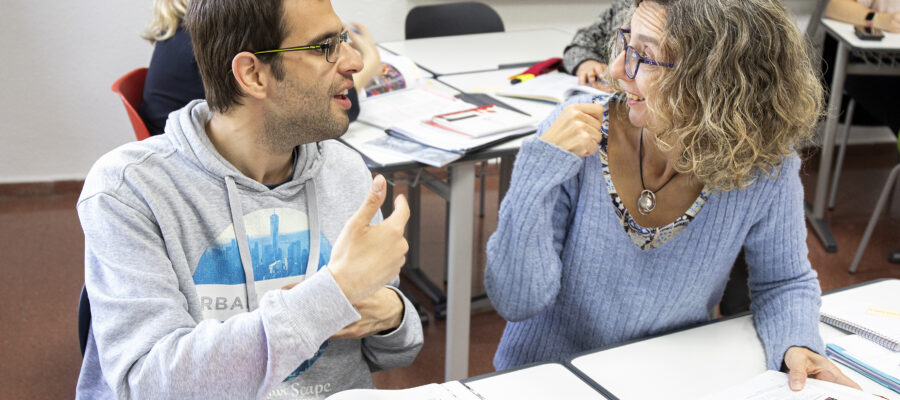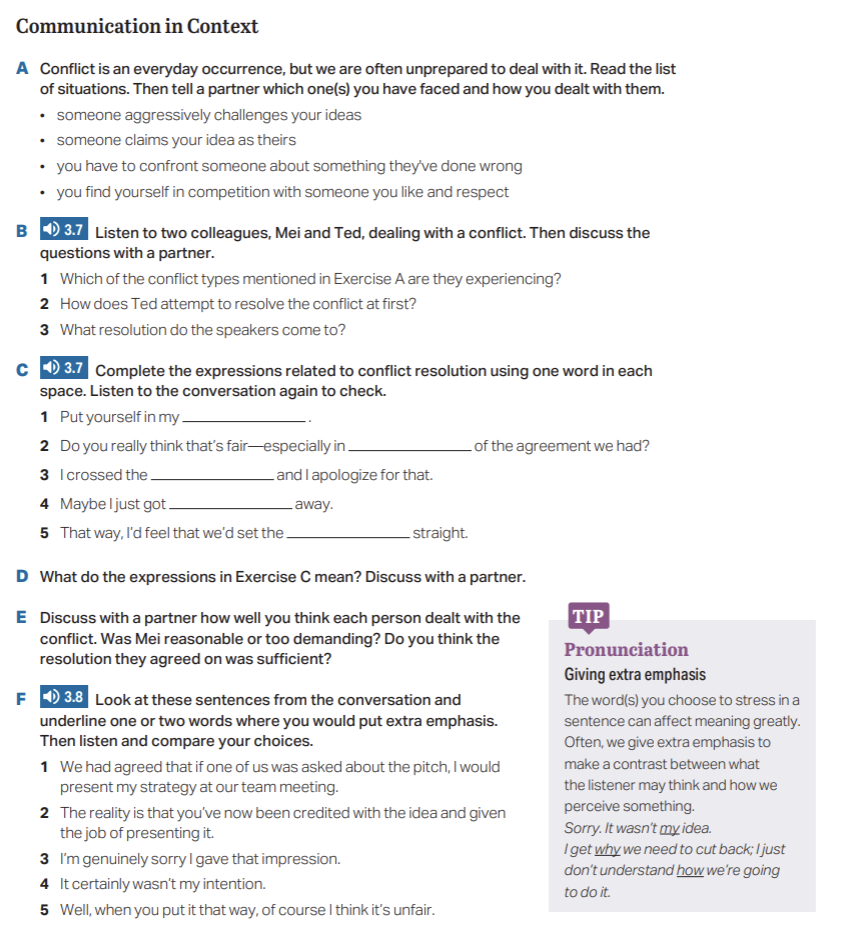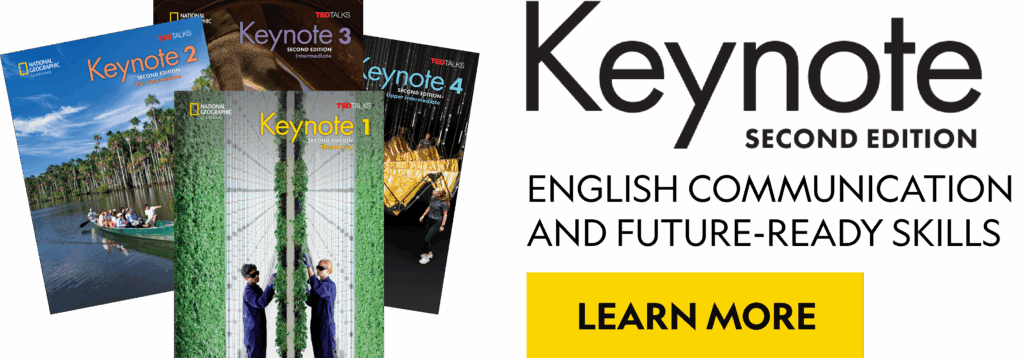In the first of two blog posts about teaching C2-level students, Alex Warren explores the challenges of teaching students at this proficiency level and how developing “noticing” skills can create a springboard for more appropriate, effective, and impactful communication.
Why teaching C2 learners is uniquely challenging
Ask any English language teacher which levels are the hardest to teach, and chances are you’ll get one of two answers — beginners and proficient learners. With beginners, it’s about knowing where to start, and with proficient learners, it’s often: What more can I possibly teach them?
The reality is that teaching C2-level students is out of many teachers’ comfort zone. Not only are there fewer classes at this level, but it presents a unique set of challenges, including the abstract nature of proficiency expectations. What do learners at this level really want to achieve? What should they be able to do? The CEFR descriptions of what a C2-level learner should be able to do may not be helpful:
“Can understand with ease virtually everything heard or read. Can summarise information from different spoken and written sources, reconstructing arguments and accounts in a coherent presentation. Can express him/herself spontaneously, very fluently and precisely, differentiating finer shades of meaning even in more complex situations.”
-CEFR
What sets C2 learners apart
Clearly, there is lot that C2 learners should be capable of, both productively and receptively, but the devil is in the details. We generally agree that the transition from C1 to C2 is less about refining grammar and more about expanding vocabulary, mastering nuance, developing a sophisticated communicative repertoire, and achieving near-native fluency.
If we’re to take this as a starting point, it’s important to point out that “fluent” should not be confused with “perfect.” Just because someone is fluent doesn’t mean that they will never make mistakes, will always use the correct vocabulary, or will speak with native-like intonation and cultural awareness. C2 learners often struggle with:
- Subtle pragmatic choices. Knowing what to say is different from knowing how and when to say it. For example, imagine you want someone to open a window. You could say any of the sentences below. All are grammatically correct, but the choice depends on who you’re talking to, where you are, and what tone you want.
“Open the window.”
“Would you mind opening the window?”
“Can you open the window?”
“It’s a bit stuffy in here, isn’t it?”
- Register and tone: Shifting between formal, informal, and colloquial styles can be complicated for learners.
- Discourse management: Structuring longer turns, managing interruptions, and signaling shifts in topic can be difficult. It requires more than just language knowledge — it requires control over how ideas are structured, connected, and delivered in real time.
- Idiomatic and metaphorical language: These expressions are often culturally specific and hard to use naturally.
The question is: How can we help learners at this level overcome these challenges and reach the proficiency and communicative goals they have set for themselves?
Classroom strategies for effective C2 communication
Start with raising awareness. Encourage students to notice pragmatic nuances and focus on discourse, register, and language. Exposing students to authentic language is key, whether through everyday interactions, TV, YouTube, radio, or podcasts.
In the classroom environment, we can build on this. Using carefully-selected, authentic content like TED Talks is a great first step. These are experienced speakers and great models for students to imitate. Ask learners to focus on how the speakers build arguments and use their voice.
For example, in this lesson from the Proficient level of Keynote, Second Edition, learners are asked to reflect on what techniques the speaker uses in a TED talk to help get her message across and persuade the audience:
Similarly, after watching this talk by Celeste Headlee on “Having Better Conversations,” students analyze the structure and discourse management of her talk. Students then discuss how effective the structure she used was and the impact that it had on the audience. Both of these examples show students how to be more effective communicators.
But being an effective communicator isn’t limited to giving presentations. It’s also important for C2-level learners to be exposed to more formal communicative situations (meetings, negotiations, conflicts, management, interviews) which can model the language needed for different situations they’ll come across in their careers.
For example, in this lesson on conflict resolution from Keynote Proficient, learners start by listening to colleagues dealing with a conflict, before exploring the language used to help deal with the situation. However, the key task here is Activity E, where they discuss different aspects of the conversation — how well did they deal with the conflict? What strategies did they use? Was one colleague too demanding? It’s here that we can raise students’ awareness of register, tone, pragmatics, and language by getting them to analyze how they impact the conversation. In this case, how do we know that Mei was either too reasonable or too demanding? Was it what she said, or the way she said it?
A useful follow-up activity for any task like this is to share the scripts with students and ask them to analyze the language used. In doing so, students will develop their ability to identify and use high-frequency chunks, helping their fluency. Alternatively, instead of making the analysis too prescriptive, ask them to read through and choose their favorite phrases, giving them choice and ownership of the language.
In this first blog post, we’ve explored the challenges faced by C2 learners, but also how we can help raise their awareness of these challenges.
In the second part of this blog, we’ll discuss how we can take this knowledge and apply it in real-world communicative situations, through complex role-play tasks and presentations, while also exploring the role of reflection in the process.






